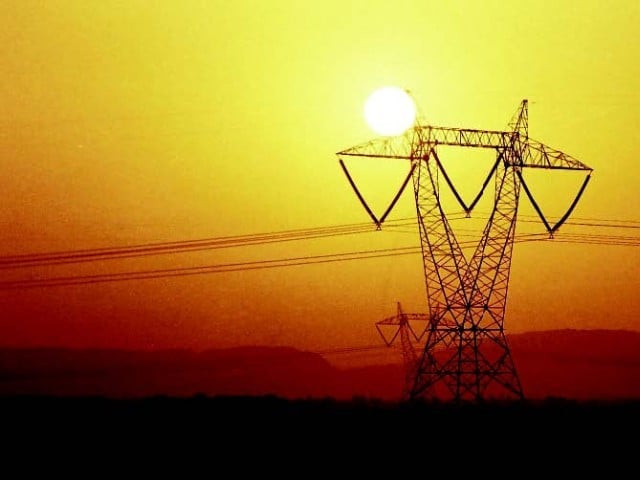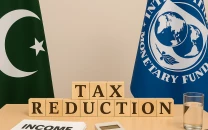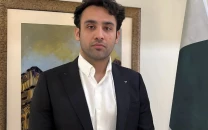IPR issues ‘fact sheet’ on independent power producers
Says not exactly ‘robber barons’ as claimed by govt

According to the fact sheet, currently, there are 30 IPPs operating in the country.. PHOTO: ARIF SOOMRO/EXPRESS
The case was taken up the Institute for Policy Reforms (IPR), a think tank that said the government’s statements might be a “bit unfair”. However, IPR, in its fact sheet, did say the IPPs must realise that electricity consumers have paid a heavy price to facilitate the reaping of high-level profits by them.
In its advert, IPPAC said power producers have endured delayed payments, unwarranted legal problems and numerous challenges to keep plants running so that consumers do not suffer.
According to the fact sheet, currently, there are 30 IPPs operating in the country. Twenty-eight power stations are part of the Pepco system, while two IPPs supply electricity to K-Electric. Eight IPPs are relatively new and came into operation after 2010.
The IPR described that the share of IPPs in power generation has risen steadily from 39% in 2009-10 to 43% in 2013-14. In comparison, the share of GENCOs has fallen from 20% to 12%. In its State of Industry Report, power regulator Nepra says that “the performance of IPPs is relatively better than GENCOs”.
However, most IPPs under Power Policy 1994 are not regular in submitting quarterly reports. This delay has probably led to some overcharging by IPPs, added the fact sheet.
IPR, however, questioned the level of IPP profitability. “The two largest IPPs, HUBCO and KAPCO, are publicly listed companies and detailed financial information in publicly available,” it said. In 2014-15, HUBCO’s net profit before tax increased by as much as 53% while the rate of return on equity now stands at over 31%. Similarly, KAPCO’s net profits before tax rose by 27% in 2014-15.
Therefore, IPPs were making large profits with return on equity substantially higher than the average of all companies. Besides that, the extremely liberal 1994 Power Policy gave lifetime exemption to all IPP projects hence, the post-tax rate of return is even higher and over twice the national average.
The FBR termed the lifetime income tax exemption “unprecedented” and said no other industry enjoyed such special treatment. “The annual revenue foregone is Rs51.5 billion; cumulatively, over the last four years this exemption has cost the exchequer Rs200 billion,” added the FBR. How have such large pre-tax profits been generated amid structural problems like circular debt?
The answer lies, first, in rapid growth in the price charged per KWH by IPPs for supply to NTDC. Over the last four years, the price has nearly doubled. This has been passed through to consumers by enhancement in tariffs by DISCOs.
Second, IPPs have managed their liquidity problem of large receivables by building up large payables with fuel suppliers, like PSO and the gas companies.
The IPPs did make a major contribution to resolving the power shortage problem in the 1990s. At that time, almost 5,000MW capacity was added. The investment was stimulated not only by generous fiscal incentives but also by a favourable formula for charges, including a fixed capacity charge irrespective of the output generated.
Published in The Express Tribune, November 6th, 2015.
Like Business on Facebook, follow @TribuneBiz on Twitter to stay informed and join in the conversation.

















COMMENTS
Comments are moderated and generally will be posted if they are on-topic and not abusive.
For more information, please see our Comments FAQ